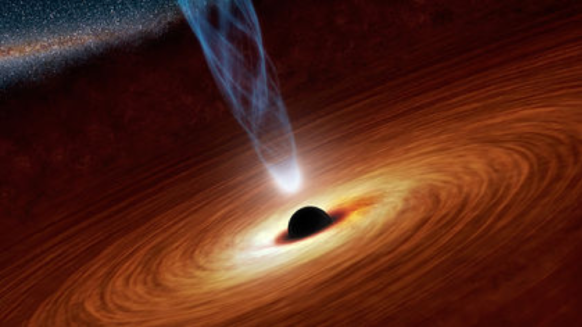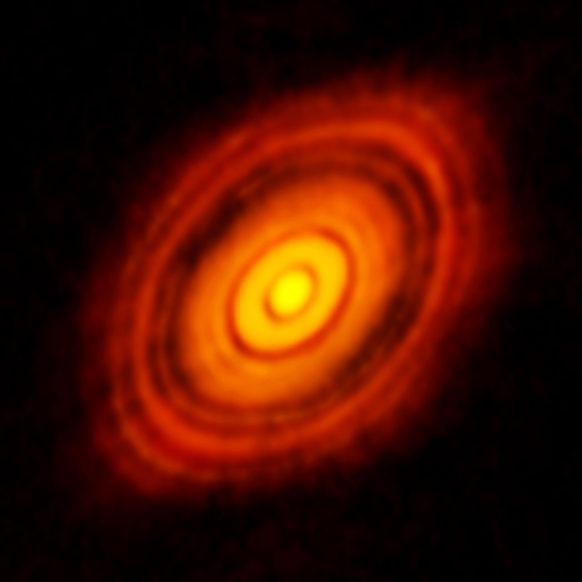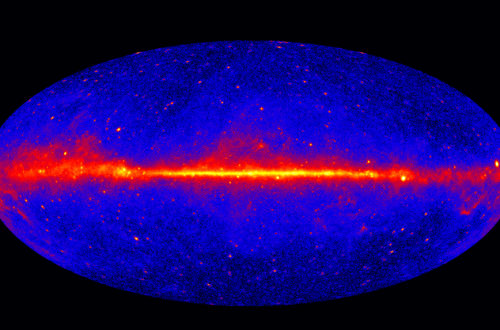Our research group is composed almost entirely of theorists. They create models and simulations, based on physics, to try to figure out how black holes work. I’m an observational astronomer, I gather data from telescopes and try to figure out how black holes (and neutron stars) work.
The thing that we’re all trying to figure out is this process called accretion. In other words, the process by which black holes pull matter from their surroundings or a companion star into themselves via gravity. This process increases the black hole mass, powers its rotation and is linked to the launching of jets of matter and light from around black holes.

Artist’s impression of a black hole surrounded by a disk of accreting material (accretion disk) and showing a jet launched from the black hole. Credit: NASA/JPL-CalTech
In general terms, accretion is the process by which matter clumps together via gravity to form a more massive body. And, black holes are not the only objects that experience accretion. In fact, most structures in the universe like planets, stars galaxies and comets, are formed via accretion processes.
When the accreting object has extremely strong magnetic fields and is moving at close to the speed of light, the process is called relativistic accretion. This is the case for black holes and neutron stars (collectively called compact objects).
This relativistic accretion onto compact objects is the most efficient way to convert matter into energy. For neutron stars, the accretion efficiency is 10% and for black holes spinning at their maximum rate, its 40%! Nuclear fusion in the centre of stars is the second most efficient process for converting matter into energy. But, in this case, nu is only 0.7%. Accretion in black holes and neutron stars is therefore a powerful and important process in the universe.
But, wait, there’s more! Accretion, of the non-relativistic variety, also happens to form and grow other objects. From little bitty structures like comets and asteroids all the way to galaxies, accretion built them all!
The basic process for these is as follows: clouds of gas in space have uneven density distributions, i.e. some parts of the clouds have higher or lower density than average. So, the areas that have a higher density attract more gas towards them and this accretion process continues until an astrophysical object forms. In the early universe, accretion formed galaxies from the atoms created in the Big Bang. And then we get stars forming from the gas within the galaxy. And then around the stars we get planets being made from the gas left over after the star forms. And lastly, the bits and pieces of gas and dust left over after the planets form become comets and asteroids.

The disk of material surrounding a young star called HL Tauri. The star may still be accreting matter from the inner parts of the disk. The dark bands show areas where planets could be forming out of the gas and dust. Credit: ALMA (ESO/NAOJ/NRAO)
Accretion literally shapes the universe around us. So now you know why our research group and others all around the world (and maybe even the galaxy!) spend our time trying to understand it.




